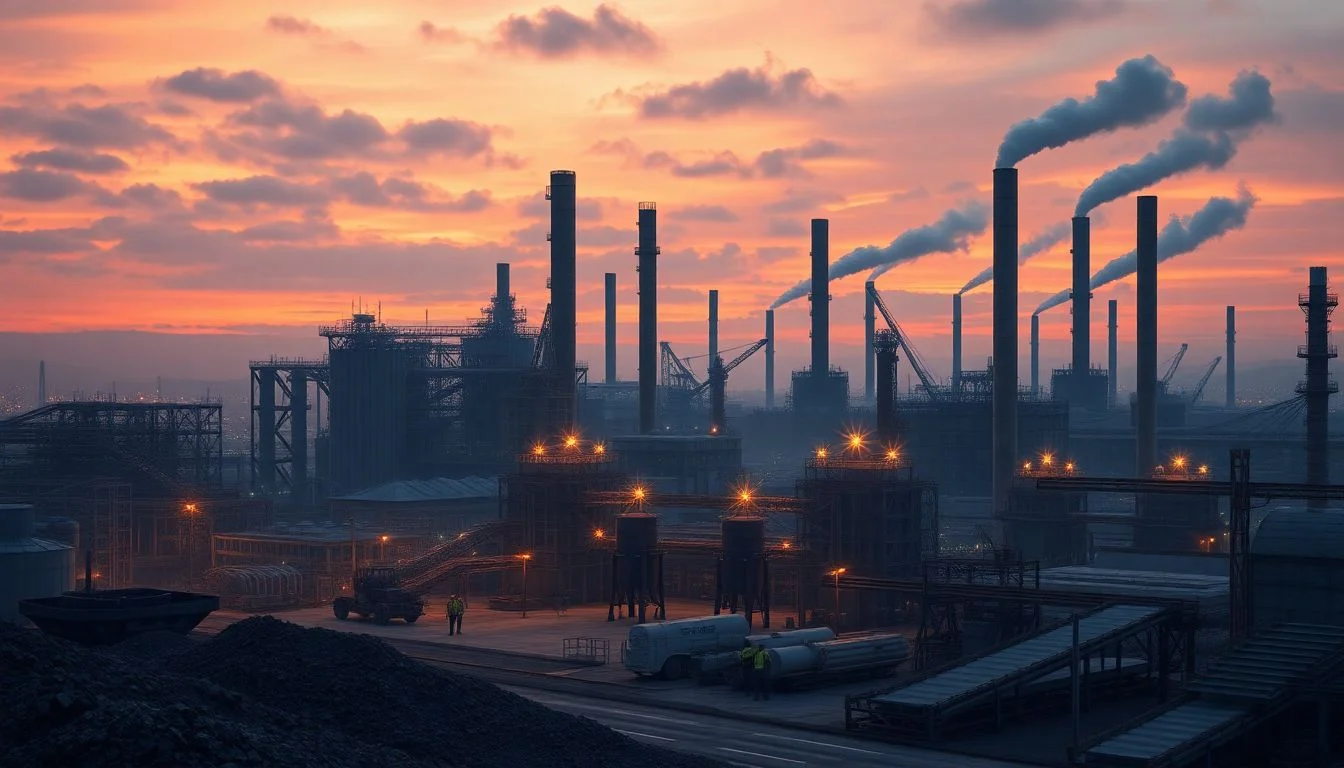Introduction
Industrial sites are the backbone of the UK economy. They power manufacturing, boost logistics, and encourage innovation. And their worth has increased significantly of late; post-Brexit, it affected how trade evolved. Industrial development is now part of the government agenda, and the clouds are thundering, indicating that this industry can become more relevant than ever before. Understanding the industrial site landscape in the UK is already lemon-squeezy business for investors, developers, or businessmen. Find new opportunities and avoid costly mistakes from a simple spectrum of understanding.
The Landscape of Industrial Sites in the UK
An Outline of the UK Industrial Sector
Booming industrial real estate, worth billions, has grown consistently over the past several years. Sites include warehouses, factories, and distribution hubs. In terms of development activity, the rising regions are the Midlands, South East, and North West. E-commerce and international trade have skyrocketed this demand. Increases in cost and real rents are now showing a trend regarding industrial land as an attractive investment in the economy, given recent market changes.
Major Industrial Clusters and Locations
Industrial clusters may be defined by regions. The Midlands around Birmingham is a major area; the South East is one because of its proximity to London and major ports. The North West, which comprises Manchester and Liverpool, also features high development activity. Therefore, location counts — the more highways, ports, and rail lines there are near the site, the better the business. Good transport links fast-track logistics and reduce costs for tenants or investors.
Types of Industrial Sites
Different industrial sites serve different needs:
- Warehousing and Distribution Centers: They are the lifelines of retail deliveries and online shopping.
- Manufacturing Plants: Factories that manufacture goods ranging from cars to textiles.
- Logistics Parks and Business Incubators: Clusters designed for efficient shipping and startups.
- Specialized Sites: Data centers, renewable energy facilities, and research hubs are also growing in demand.
Factors Influencing the Development and Investment in UK Industrial Sites
Strategic Location and Infrastructure
Locations are critical sites for industries. Less transport costs are incurred by sites with proximity to highways, ports, and railway lines. Some recent developments in national government financing—from improved port facilities and upgraded road networks—have stimulated industrial growth. For example, the M62 corridor is a major road that draws many developers. A good location is the magic wand that can change any simple site into a prime asset targeting a cream tenant.
Regulatory and Planning Considerations
Planning laws in the UK are tricky. Any new building must comply with green and sustainable standards. Negotiating these regulations will take time, so usually, planning permissions delay a project by months, sometimes up to years. Getting early buy-in from local authorities can help streamline this process.
Conclusions
Changing rapidly is the UK industrial site market. Locations, infrastructure, and regulations act together to shape the point and manner of site development. It is the demand in the areas of e-commerce, technology, and the environment that is providing good business opportunities. Long-term success for investors and developers will be tied to thinking about issues such as strategic planning and sustainability. Given correct research and well-grounded choices, the industrial market in the UK offers a promising future for growth.
